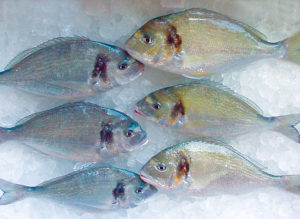
Finishing diet improves sea bream quality
A finely tuned fishing diet can improve growth and feed utilization of sea bream grown previously on diets with low levels of fishmeal and fish oil.
Although aquaculture offers potential for the production of California halibut, several aspects of production have yet to be optimized.

A finely tuned fishing diet can improve growth and feed utilization of sea bream grown previously on diets with low levels of fishmeal and fish oil.
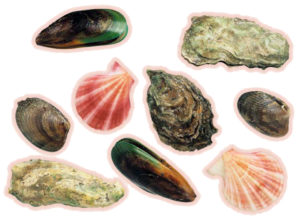
Hepatitis A virus (HAV) is a widespread and serious foodborne pathogen commonly associated with shellfish-vectored outbreaks.
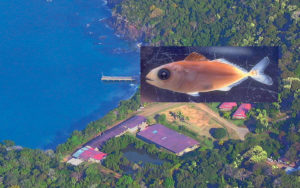
Research at the Achotines Laboratory in Panama has been inconclusive involving probiotic treatments of first-feeding larval tuna and the rotifers they eat.
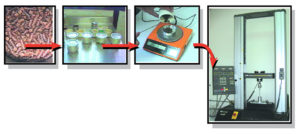
A study in Ecuador found that pellet stability and the overall physical properties of feed pellets greatly influences the consumption of shrimp feeds with varied types and proportions of binder agents.
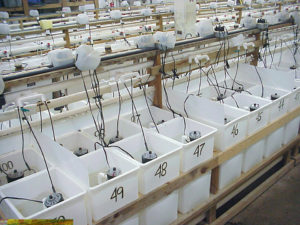
A study found the quality and levels of sterol supplements in experimental feeds affected the growth performance of Pacific white shrimp.
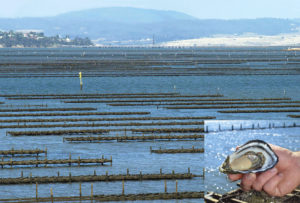
The growing Pacific oyster culture industry in Australia is supported by cooperative research on genetic improvement and broodstock distribution.
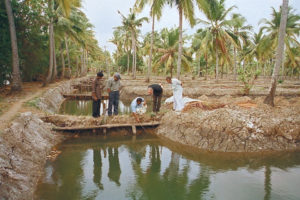
Tank and pond trials in India confirmed that the addition of carbohydrates to extensive shrimp ponds helped increase yield and reduce inorganic nitrogen.
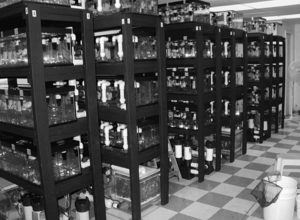
Through selective breeding, genetic improvement programs can develop shrimp lines that exhibit commercially desirable traits like fast growth, disease resistance and overall hardiness.
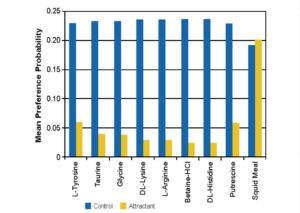
The methodology used in a Texas Agricultural Experiment Station study provided a useful tool for evaluating the attractiveness of individual ingredients in prepared shrimp feeds.

Genetic diversity loss occurs in any stock of shrimp allowed to inbreed at random. Intentional inbreeding for performance traits accelerates rate of loss.
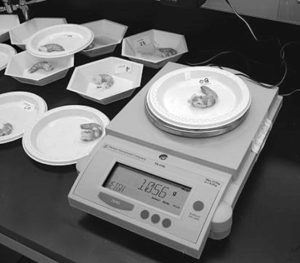
Studies show variability for shrimp carcass and meat quality traits, especially fat quality. Selection for growth may lead to increase in yield.
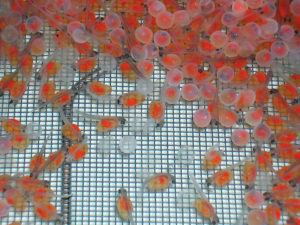
Genetic improvements are designed to modify plants or animals for greater production performance in such targeted areas as growth or disease resistance.
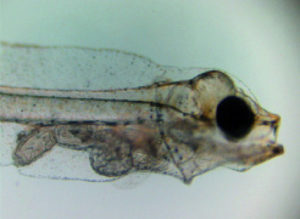
The successful replacement of live prey with microdiets for marine fish larvae is an important step in establishing effective aquaculture for the species.
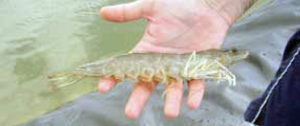
Kona line reference shrimp contribute to research by providing test stocks that are consistently and predictably susceptible to Taura Syndrome Virus.
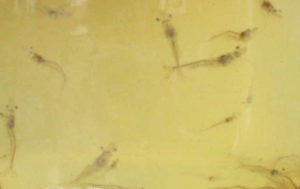
Results of ongoing studies demonstrate that selective breeding for both resistance to Taura Syndrome Virus (TSV) and fast growth in shrimp is achievable.